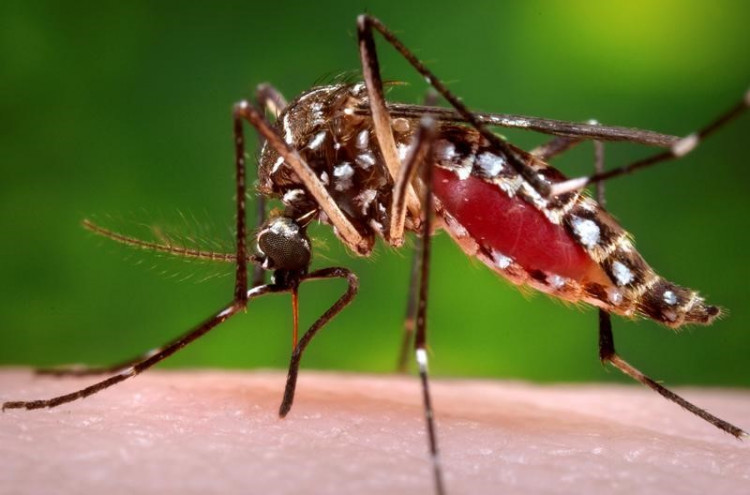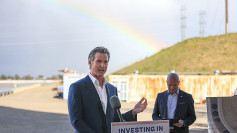The capital of the U.S. has just recorded its first case of West Nile Virus for 2021, confirmed in a horse in Kittitas County by the Washington Department of Agriculture.
Experts agree this summer's extremely hot temperatures and dry conditions have created ideal conditions for West Nile Virus.
The West Nile virus was once linked with greater humidity and moisture, both of which aid mosquito reproduction. However, a growing body of research suggests that drought conditions, such as those currently affecting the American West, may amplify its effects.
In July, California reported its first death of the year. By the end of the month, the virus had been identified in four persons, 94 dead birds, 563 mosquito samples, 10 chickens, and one horse.
Serious cases of West Nile virus are still uncommon, and the majority of persons who catch the disease do not show any symptoms. However, experts see its development as evidence that rising temperatures caused by the current climate crisis are posing new hazards to people.
During a drought, water levels in pipes, pits, and ponds decrease, and the water becomes more likely to stagnate. Fish and other species that reside in these systems die, and mosquitoes have full freedom.
Regular rainfall flushes out young mosquitoes in stormwater systems, putting a strain on their populations. When it is dry, the conditions in man-made structures are actually better for these types of mosquitoes.
Since its introduction into North America in 1999, the West Nile virus has triggered yearly epidemics every summer. The severity of these outbreaks, however, has varied greatly.
Only a few hundred severe human cases were reported in some years, but in three years (2002, 2003, and 2012), about 3,000 persons were identified with brain-damaging meningitis or encephalitis, and nearly 300 died. The variance has been considerably greater at the state level, with yearly case numbers fluctuating by 50 times on average from year to year.
The causes of this massive variance were unclear, leading scientists at the Centers for Disease Control and Prevention to conclude that projecting the extent of future epidemics would be difficult or impossible.
The link between West Nile virus and the drought is just another example of climate change's unanticipated and extremely negative consequences.
At the world leaders' climate summit on April 22, President Joe Biden announced an ambitious new national climate target. He promised to decrease U.S. carbon emissions in half by the end of the decade -- a 50% reduction by 2030 compared to 2005 levels - and to achieve net zero emissions by 2050.






